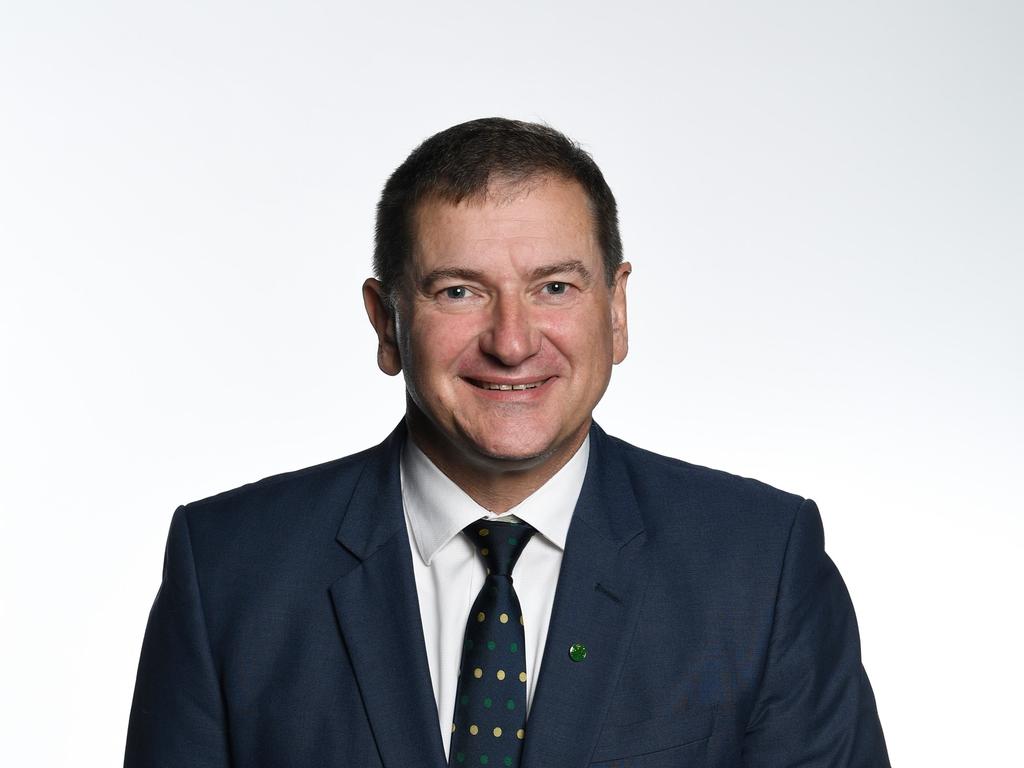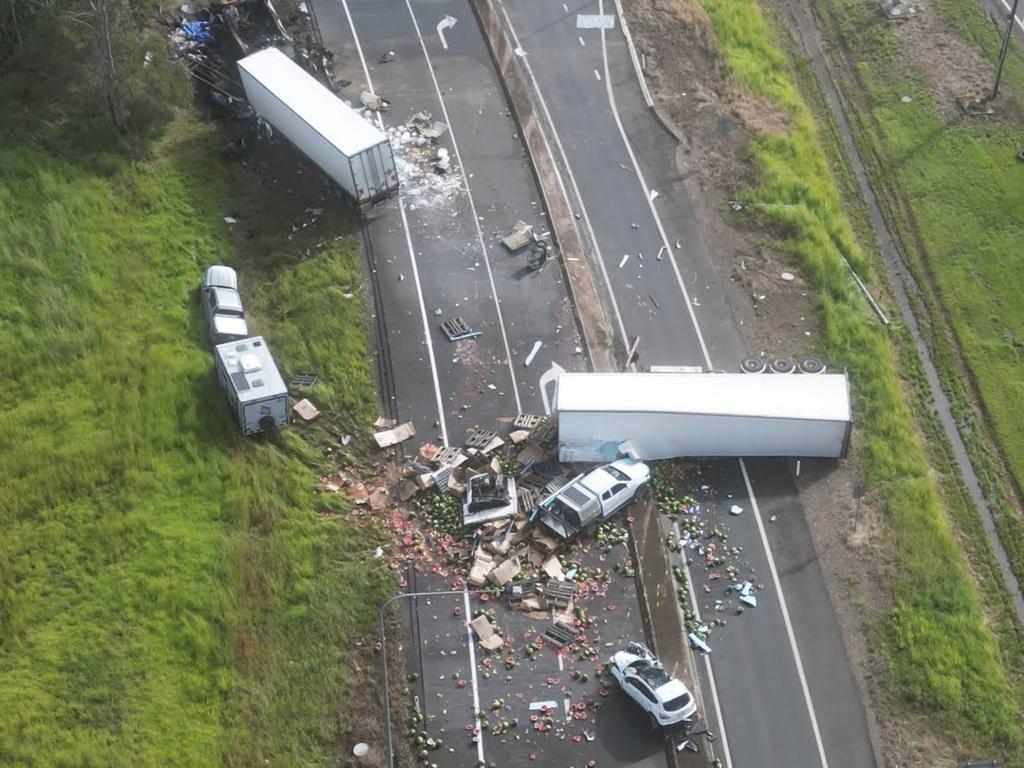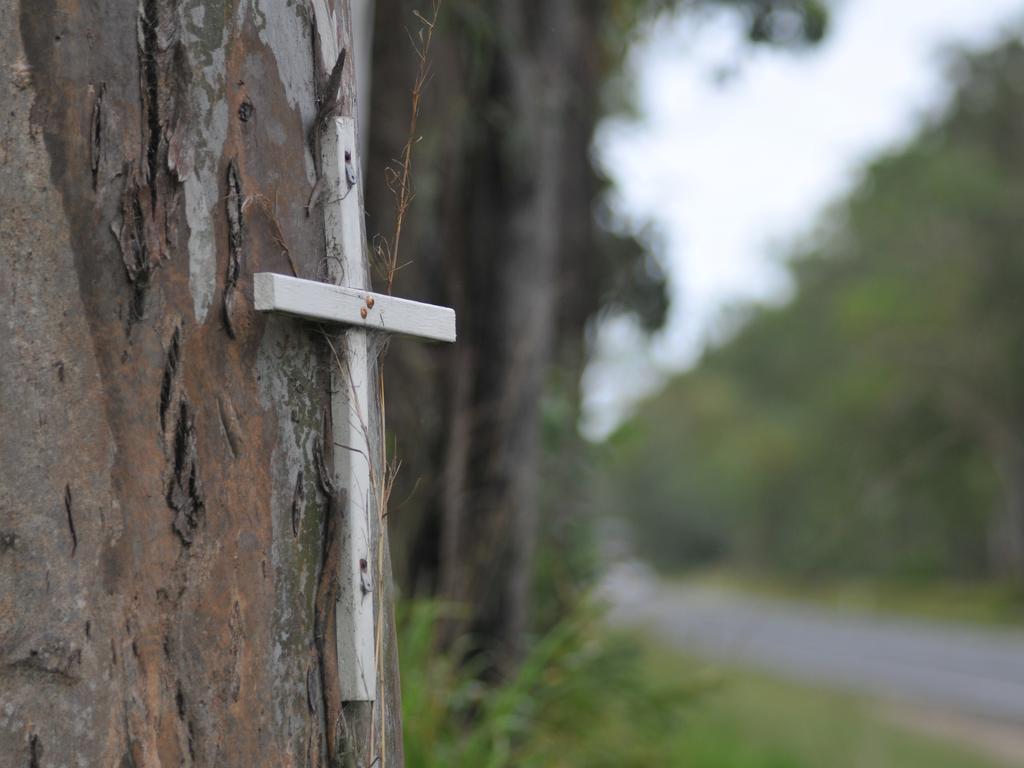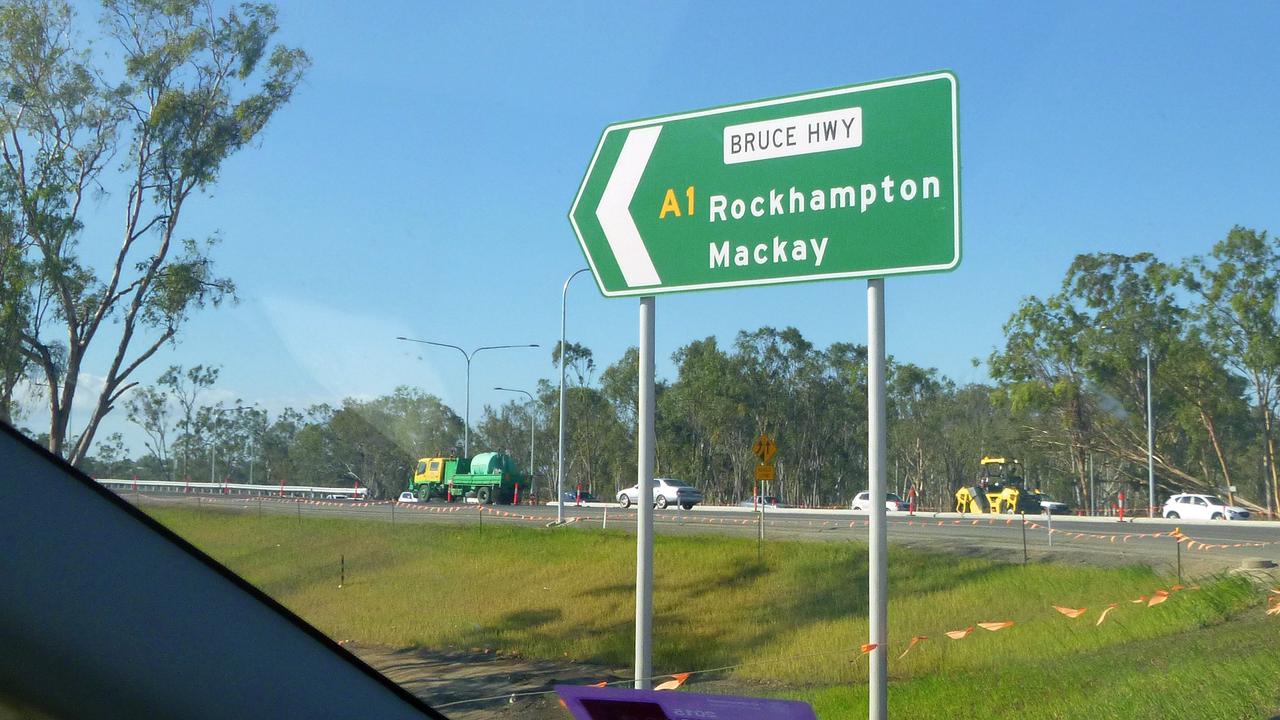Explosive secret report exposes Qld’s deadly Bruce Hwy shame
Secret data exposes the disgraceful state of the Bruce Hwy, with deadly danger zones strewn along the 1700km. USE THE INTERACTIVE MAP
Almost half the Bruce Highway fails basic safety ratings and just 10 per cent is assessed as extremely safe, with stretches in regional Queensland emerging as the danger zones.
The secret report card lays bare the worst sections of the Bruce Highway amid a push for the ratings - currently only available to state and federal governments - to be made public ahead of two critical elections for Queensland.
SCROLL TO THE BOTTOM TO VOTE IN OUR POLL AND SHARE YOUR OWN BRUCE HIGHWAY EXPERIENCES IN THE COMMENTS
Despite repeated requests to the Queensland Government for an updated assessment, the only figures accessible to provide crucial safety information are from 2019 - and they paint a grim picture of the dangers on the highway as Queensland’s road toll remains disturbingly high.
According to the Australian Road Assessment Program (AusRAP), 45.2 per cent of the Bruce Highway was rated just two stars out of five, while 44.1 per cent were rated three stars, and just 10 per cent received four or five stars.
The most dangerous sections of the road between Brisbane to Cairns are in the regions, with a notorious stretch near Mackay receiving the worst overall rating.
The 2019 data only emerged after a right to information request by federal MP Llew O’Brien.
The State Government has joined other jurisdictions in pledging to publish updated figures by the end of 2025, but industry groups say a complete breakdown of the road’s safety conditions should have been publicly available for years.

Australian Automobile Association managing director Michael Bradley said it was crucial for data to be publicly available ahead of the October state election to ensure road funding is allocated to spots of most need rather than short-term political gains.
“Every Australian knows the Bruce Highway is the most important road in Queensland,” he said.
“It is too important to continue to be a political plaything through federal and state elections over the next six or 12 months.
“The time has come for Queenslanders to see road promises at a state and federal level are driven by evidence-based decisions and data rather than pork barrelling.”

The condition of stretches of the road in the state’s north was of particular concern, with the electorate of Dawson having the lowest overall star rating, with 63.4 per cent rated two stars or lower.
Hinkler, Kennedy and Flynn had between 51 and 54 per cent at two stars or lower.
Comparatively, no electorates in the southeast had sections that were rated less than three stars, which includes areas such as Petrie, Dickson, Longman, Fairfax or Fisher.

AusRAP program lead Keith Simmons said the star rating system was a matter of life and death that was critical to accurately concentrating resources to areas of most risk.
“People will still cause crashes but what we need to do is make the road, the vehicles, and the speeds set so that if a crash occurs, people don’t die or get seriously injured,” he told The Courier-Mail.
“You can just imagine driving down a country road that has very narrow lanes, no sealed shoulder and trees along the side of the road – if you so much as sneeze, it’s possible you’ll smash into a tree and you’ll be killed.
“If we put a sealed shoulder there and delineate it with audio tactile line marking, you will know when you start to run off the road and you will have space on the side of the road to correct back into your lane.”

Queensland is expected to lag behind NSW and Victoria in publishing the road safety data amid the national commitment to update the ratings, but Mr Simmons noted the state was “going as fast as they can but everything has to be done methodically”.
Transport and Main Roads was preparing to go out for tender to lock in a provider to conduct the ratings service, with the expectation the data will be available by the end of the year.
But the department also flagged concerns with the rating system, noting a preference for it to focus on amount of travel rather than length of road to ensure investment is not focused on low volume roads which have no crashes.
Mr Simmons stood by the risk assessment model, however, which he said was a global standard used in 128 countries that has saved half a million lives.

He also stressed the transparency of the data was critical to holding governments and departments accountable for the safety of the roads people travel on.
“By publishing this information, we can put pressure on governments to make the roads safer,” Mr Simmons said.
“It’s also important that people see which roads are the safest and which are the least safe because if you’re planning to drive to Maryborough you could go via the safest route, or you could go for the least safe.
“If you can choose the safest route, and reduce your personal risks by knowing which roads are safer than others.”
The only data accessible to provide crucial safety information was updated in 2019, and paints a grim picture of the dangers on the road with significant volumes of vehicles travelling at high speeds as Queensland’s road toll remains disturbingly high.
It is expected that Queensland will complete the road assessments and release the updated ratings by the end of this year — but it is understood this could be months after the Victorian and NSW governments.
More Coverage
Read related topics:Help Our Highway





